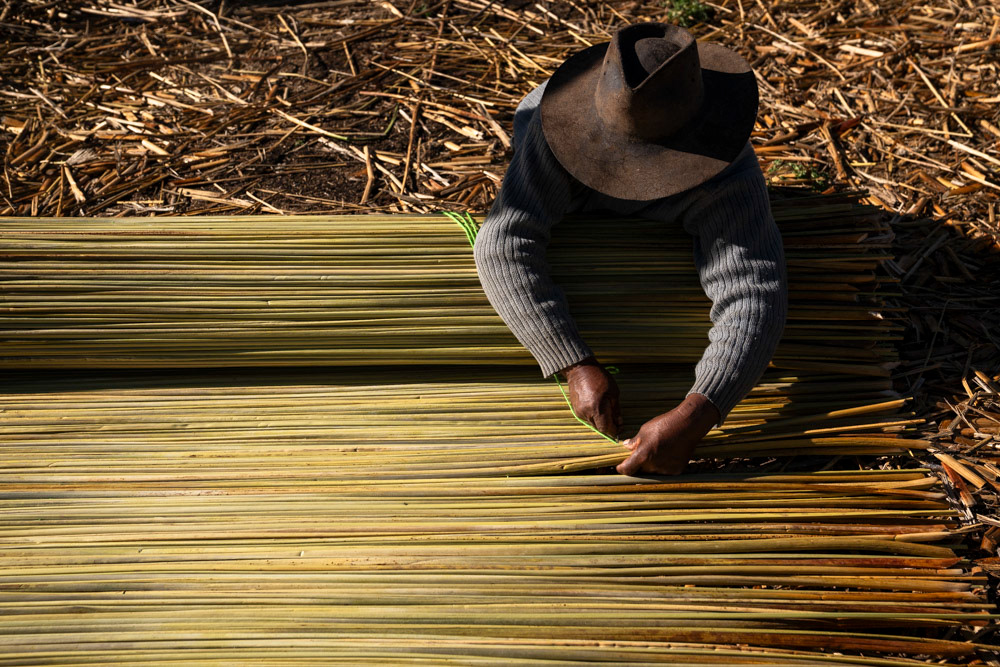Hidden voices of the Titicaca
Titicaca Lake is known as the highest navigable lake in the world. Every year, 10.000 tourists come to its Peruvian side, seeking to be delighted by its pure and calming waves and to learn about the cultural heritage from the people who live there. They are welcomed by the Uros, a community that lives in hand-made islands made out of the regional plant named totora. They make sure tourists have an immersive experience such as living in the islands, sailing in totora boats, dressing in traditional clothing and being offered souvenirs made by the people from the area.
Only 40 min away by boat, beside this touristic and magic side, lives another community known as the forgotten and hidden Titino. Titinos are true natives of the area and yet they have been marginalized for a long time. They do not dress in traditional clothing, nor sell you souvenirs; it is an impoverished community that is only dedicated to fishing and commerce, that lives on floating islands not only based on totora plants but also on garbage. Around, no crystalline lake but one that is heavily contaminated. With this community of around 16 families, the oldest children are forced to follow their parents' steps from an early age, either fishing, untangling nets, cooking the fish or selling it in the city. Younger generations have no future prospects, since the majority won't be able to finish their education to help at home. It's a cycle that Titino people haven't been able to break.
They also have to affront the social discrimination from the neighboring communities that surround them and the lack of support from the government.
Through my project “Hidden voices of the Titicaca'', I want to show this hidden place, and give a testimony of this forgotten reality that's being ignored by everyone, and give a voice to the Titino community.

















